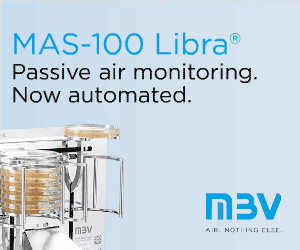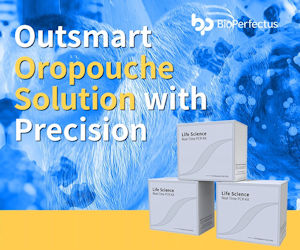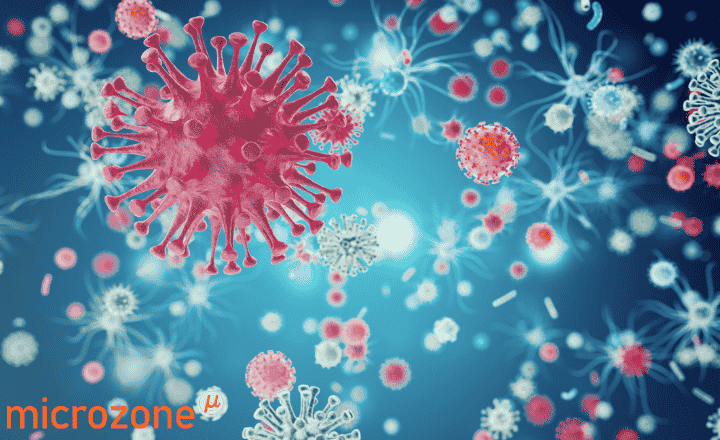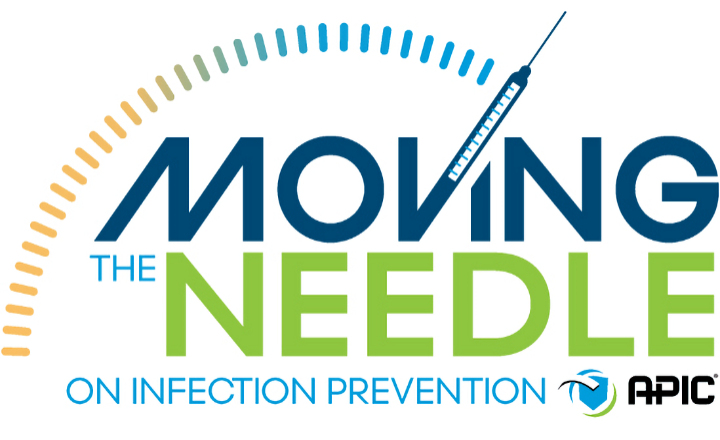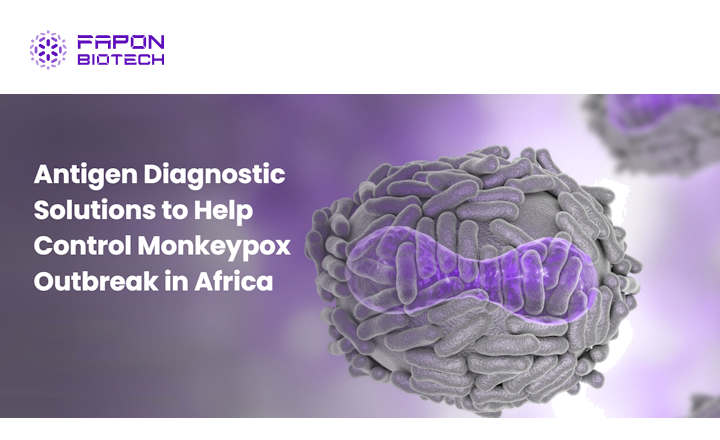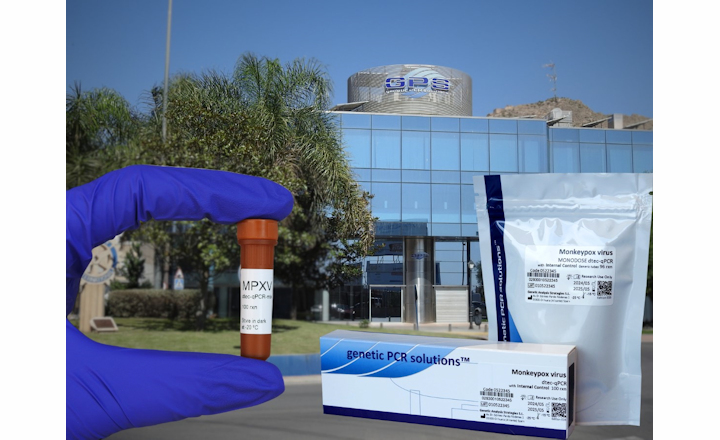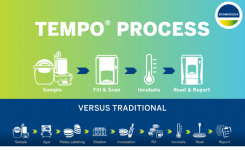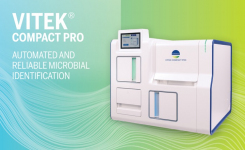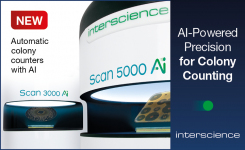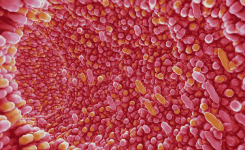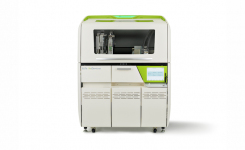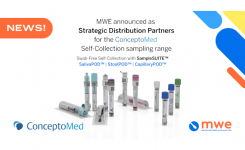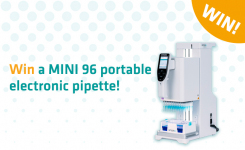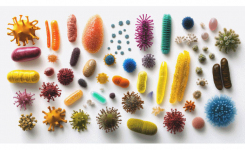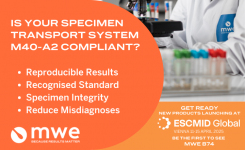FireGene announces that its Monkeypox Virus Nucleic Acid Detection Kit (Real-time Fluorescent PCR Method) has recently obtained CE-IVDD approval.
This RT-PCT kit can be used to detect suspected cases of MPV infection. Rash fluid, nasopharyngeal swabs, pharyngeal swabs, and serum samples are applicable for the test. The test result is available 40 minutes after sample collection.
This kit is available for diagnostic use in EU regions and research use in the United States. The current kit includes a set of specific primers and probes pre-mixed in the Master Mix of the kit targeting two specific gene regions of Monkeypox Virus (MPV).
The first gene is the orthopoxvirus DNA polymerase gene (E9L) for the detection of Eurasian orthopoxviruses other than variola viruses, and the second one is a viral envelope protein gene (B6R), which specifically detects monkeypox virus (MPXV).
A set of primers and probes against the human RNase P gene is also included as an internal control (IC) for sample collection, processing, and detection.
Monkeypox is a viral zoonosis caused by the monkeypox virus that can be transmitted between animals and humans and can also be retransmitted between humans. Based on the current epidemiological investigation, the incubation period is 6 to 13 days, mostly 5 to 21 days. The main symptoms are fever, severe headache, swollen lymph nodes, back pain, muscle aches, and weakness. The rash usually begins 1-3 days after a fever and is concentrated on the face and limbs, Lesions can occur at anywhere from a few to thousands of sites, and in severe cases, they can combine to cause large chunks of skin to fall off. These rashes are often very painful. When a rash appears, the patient is contagious.
The nucleic acid of Monkeypox infections can be detected via real-time PCR in the specimen of blood and throat swabs, papules, or vesicles. For detailed information, user manual, product protocols, EU DoC, and CE approval letter, click on the Request Information button below to contact the supplier.


